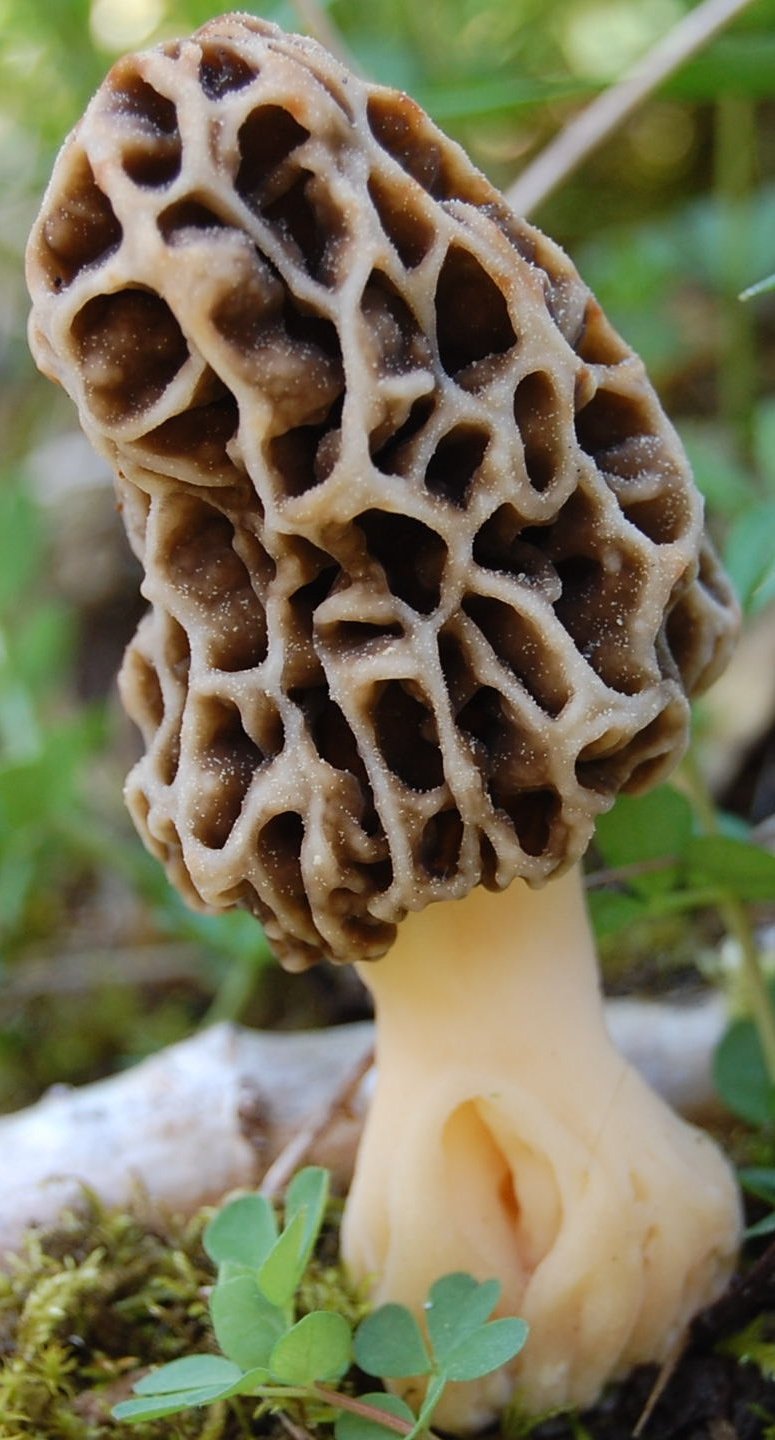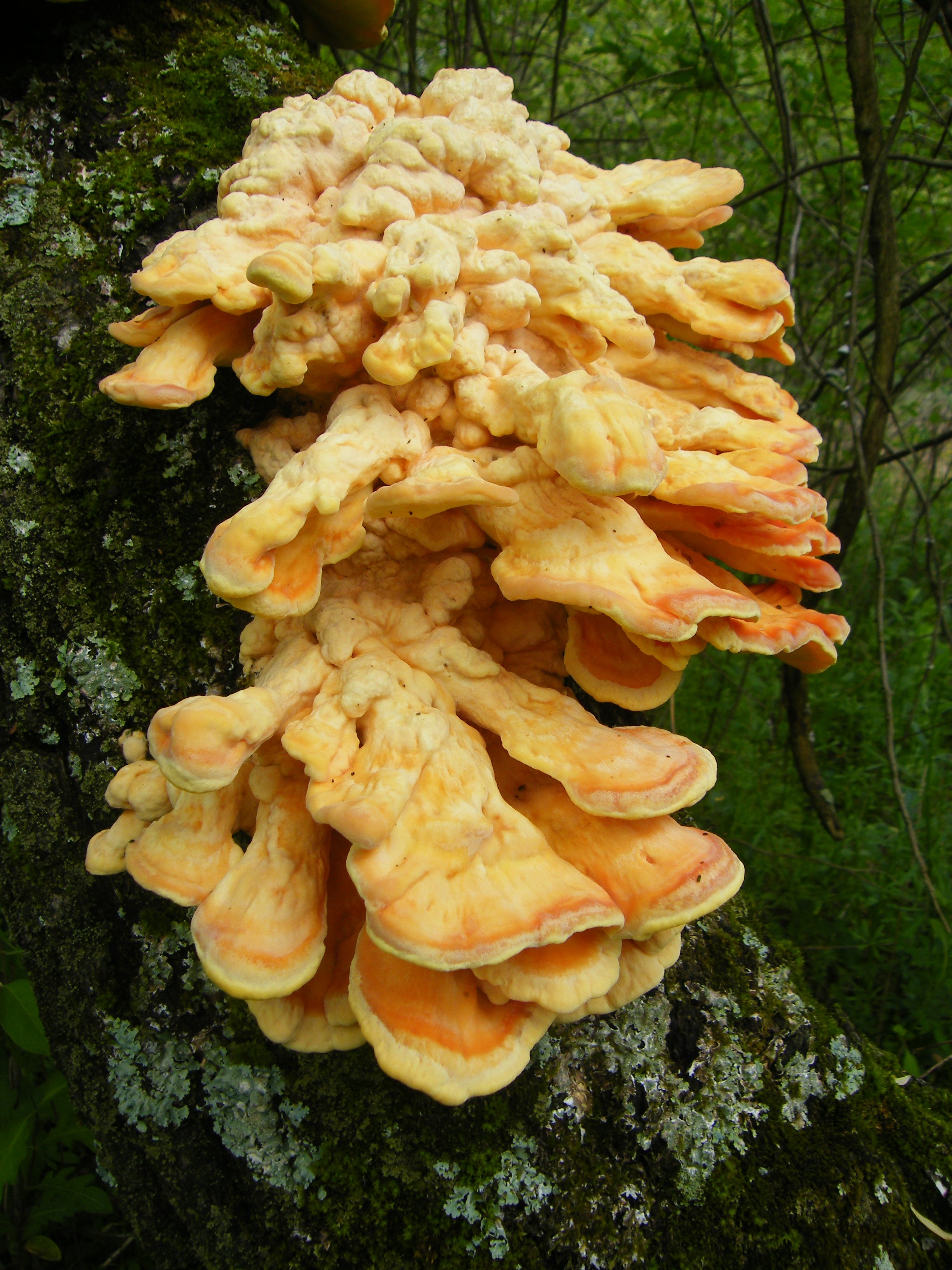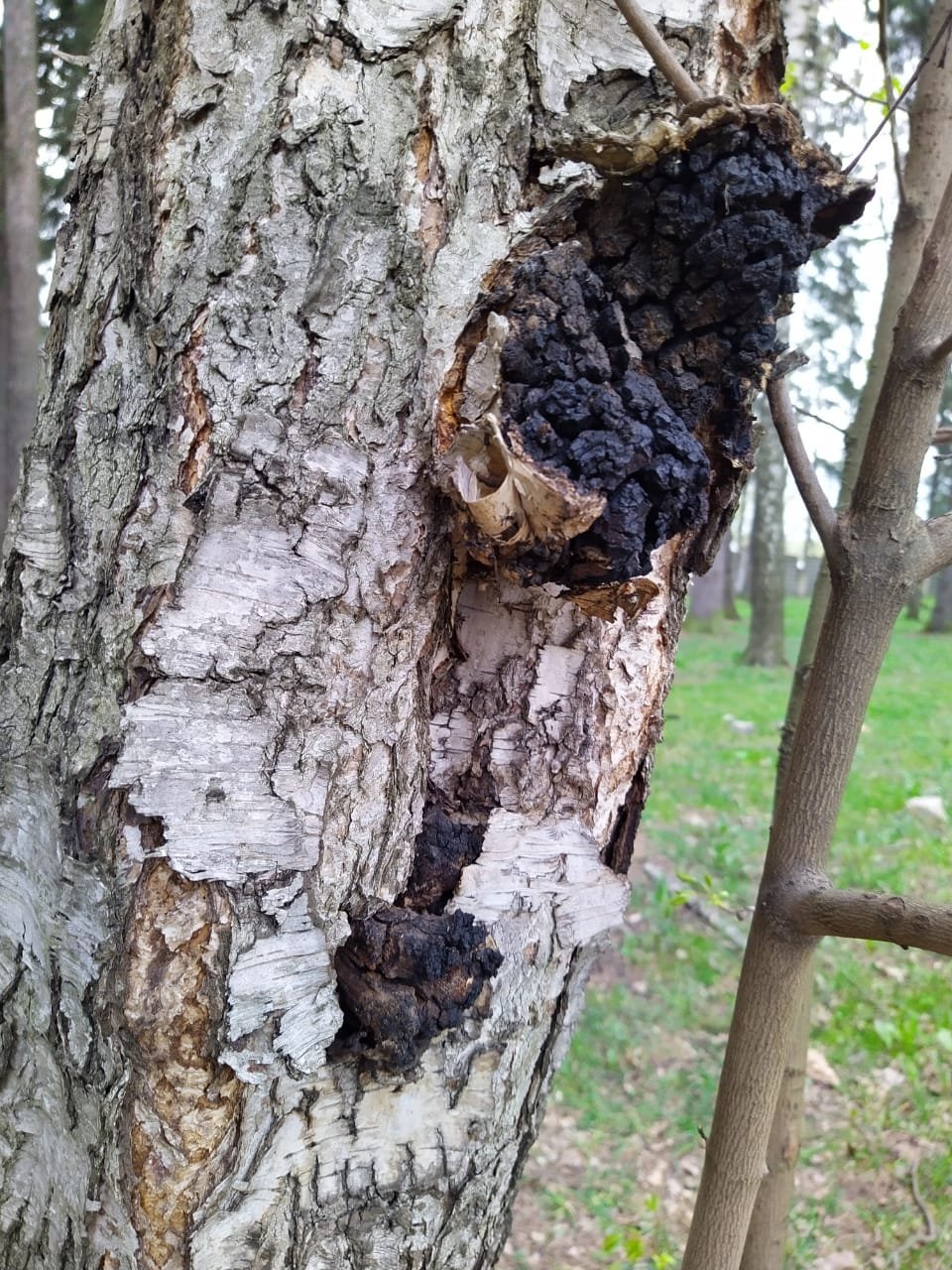I often fantasize about becoming a mountain woman who hunts and forages for her food. I imagine myself with a rugged outfit on (something from the sale rack of REI, of course), knife in hand, ready to slay whatever suits my fancy.
Then I realize that I have zero skills for that type of lifestyle. My son, Evan, however, is an experienced forager. He started mushroom hunting with his father in Southern Minnesota at a young age.
The Internet defines foraging as “wandering around looking for food”, which sounds like an aimless and ditzy quest. On the contrary, foraging requires knowledge of plant species and how to handle/prepare/preserve nature’s bounty. But, again, these are all skills that I don’t have.
Lucky for me, I get to reap the rewards of my son’s knowledge and foraging skills, then I lecture him on the health benefits of the food(s).
This blog post is NOT about the hallucinogenic effects of magic mushrooms; we’ll save that for another post and podcast episode. Instead, this blog article spotlights 3 types of mushrooms: Morel, Chicken of the Woods, and Chaga.
Morel Mushroom, Marcella spp.
Morels are the first mushroom to pop up after a long winter. If you’re a Midwesterner, you understand the thrill of life after what feels like death, aka 7 months of winter. There are 20+ species of morels in North America. They all look different but are equally tasty.
Transport
Opt for a bag with structure to protect the morels from being crushed.
Prep
Clean morels with a brush and/or use a saltwater bath to remove critters. These mushrooms are very versatile to cook with- pastas, soups, hot dishes all complement and bring out the flavor.
Precautions
Do NOT eat morels raw. By heating the morel, it removes the toxins.
Preservation
Fresh-freeze or sauté-and-freeze, dehydrate, freeze-dry, or pickle.
Health Benefits
Vitamin C - helps form and maintain bones, cartilage, skin, and blood vessels.
B3- boosts brain function, improves skin health, and may reduce blood pressure.
Zinc - supports immune system by fighting off invading bacteria and viruses.
Vitamin D and D2 - prohormones support the health of the immune system, brain and nervous system. Maintains healthy bones and teeth.
Chicken of the Woods Mushroom, Laetiporus sulphureus spp.
With yellow, orange, and red hues, this vibrantly colored shelf mushroom is found primarily on injured, dying, or dead oak trees. Look for younger mushrooms with thicker edges that are soft to the touch. Use a knife and cut the mushroom off the tree,
taking only the tips, not the entire ‘shroom (it will keep regenerating on the tree!).
Transport
Because of their size and quantity, use a mesh bag to carry from forest to home.
Prep
This mushroom absorbs water easily, so clean by wiping with a damp towel.
Because this mushroom's texture and flavor are similar to chicken, you can easily substitute it in chicken recipes.
Precautions
People have had adverse reactions to these mushrooms (swollen lips or tongue, nausea, vomiting). Cook well (boil twice). Avoid older mushrooms. Be careful with Western mushrooms. Eat a small bit to test for allergic reactions. This mushroom has 18 clades (strains), so inform yourself of what clade you are foraging!
Preservation
Fresh-keeps in the fridge for a week. Saute and freeze. Freeze-drying can reduce flavor.
Health Benefits
Laminarin- a water-soluble polysaccharide that promotes the biosynthesis of estrogen by aromatase.
Acetyl Eburicoic Acid -known to stop the activation of macrophages, which then suppresses of inflammatory diseases.
Quercetin- has antioxidant and anti-inflammatory effects that might help reduce cancer risk, control blood sugar, and help prevent heart disease.
Chaga Mushroom, Inonotus obliquus
With a charcoal black conk (fungus), chaga exclusively infects healthy birch trees.
It’s interior is golden brown and it has a black exterior. Foraging for chaga is best in late fall or early winter. Use a sizable knife to cut it off the tree. Leaving at least 1/3 behind for regeneration.
Transport
A mesh bag is best to avoid mold and mildew.
Prep
Chaga should be brushed for unwanted debris, immediately broken into small pieces, and then dried to avoid mold. To dry chaga, set it in a warm, well-ventilated, dry place for several days or use a food dehydrator.
Chaga makes for a powerful tea, tincture, or superfood powder.
Precautions
Do not pull chaga off of dead trees. The mushroom is dead (sad) and has zero nutrients. Chaga may interfere with blood clotting. Therefore, those with bleeding disorders should not ingest it, and anyone taking blood thinning medication should use it cautiously.
Preservation
Once dry, they can be stored in a paper bag in a dark place at room temperature. Processed and stored properly, your chaga will last up to two years.
Health Benefits
Because of chaga contains beta-glucans, polysaccharides, betulinic acid, phytosterols, and polyphenols, this mushroom has antiallergenic, antibacterial, anticancer, antihyperglycemic, anti-inflammatory, antimutagenic, antinociceptive, antiparasitic, antioxidant, antitumor, antiviral abilities.
IMO, chaga is the GOAT of all mushrooms.
Fave Chaga Mushroom Powder
Drink Renude
Cleaned up and spiked with an effective dose of the planet’s greatest adaptogens to support immunity, promote anti-aging, and boost your energy without the jitters.
Evan’s Morel Mushroom Risotto Recipe
1 cup freshly chopped morel mushrooms or 2 oz dried
1 tbsp unsalted butter
1 tbsp EVOO
2 cloves garlic, minced
1 small onion, minced
1 1/2 cups Arborio rice
5 cups vegetable or chicken broth
Salt to taste
1/2 cup grated pecorino or Romano cheese
FOR FRESH MORELS
Pour the stock into a pot and bring it to a simmer.
In another medium pot, heat the oil and butter over medium-high heat and sauté the minced onion. Add the minced garlic, the morels, and the rice. Mix well. Cook for 3 minutes, stirring often.
Add 1/2 cup of hot stock to the rice and stir well. STIR! As each 1/2 cup of stock is absorbed, add another, STIR, add another 1/2 cup, STIR. Just keep STIRRING!
When rice is cooked through but still firm, add the grated cheese and a little more stock. Stir to incorporate the cheese into the risotto. Salt to taste and serve.
FOR DRIED MORELS
Set the morels in a bowl. Pour 2 cups of boiling water over the morels and cover the bowl. Let the mushrooms steep for 25-30 minutes. Remove the mushrooms, squeeze them dry with your hands. Chop the morels and set aside.
Follow the directions as above.
Evan’s Book Recommendation
Mushrooms of the Upper Midwest
Found on Amazon.
I hope this post inspires you to get outside and “wander around looking for food”.
For more tips on safe foraging, visit Joybilee Farm’s site.
XO Be Well,
Jules
The content in this blog is not intended to be a substitute for professional medical advice, diagnosis, or treatment. Always seek the advice of your physician or other qualified health provider with any questions you may have regarding a medical condition.




